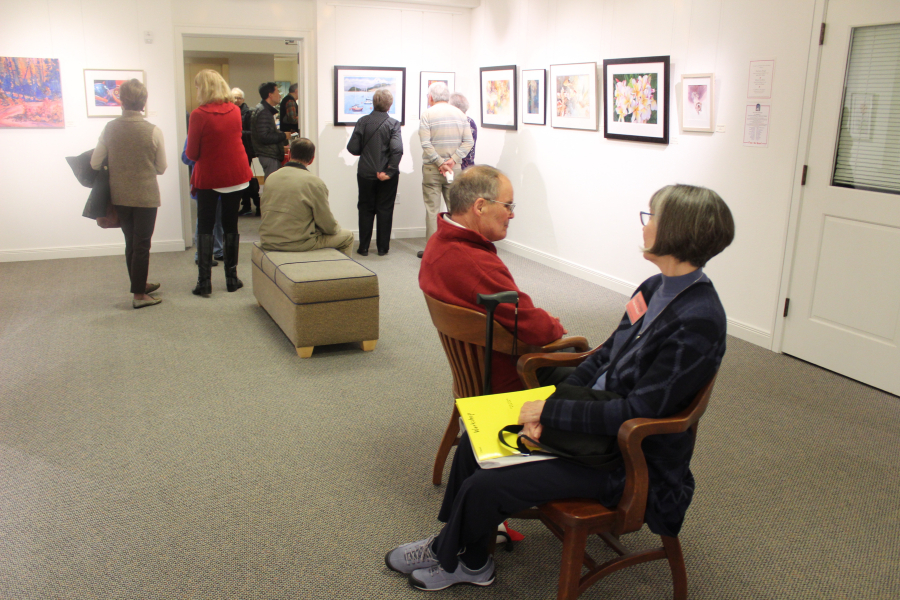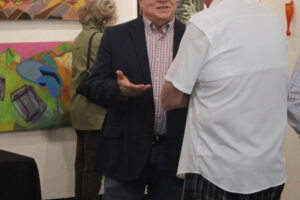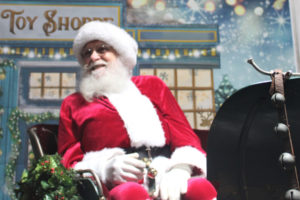In December 2019, less than three months before the COVID-19 pandemic forced shutdowns across Washington state, dozens of local residents gathered inside the Camas library’s Second Story Gallery to celebrate the start of a two-month art show by a local quilting group known as the Vagabonds.
The visitors mingled in the well-lit gallery space, talking to the artists and admiring their “Whispers in the Wind” show featuring 12-inch quilted squares.
Like most First Friday art receptions held inside the Second Story Gallery before the pandemic, the mood was lighthearted and celebratory. None realized the reception would be one of the last held inside the library’s second-floor gallery for the next two years.
When the Camas Public Library shifted to remote services in March 2020, the popular Second Story Gallery — which had become well-known for its monthly art shows featuring regional artists and art receptions synced to the Downtown Camas Association’s monthly First Friday festivities — also closed its doors to the public.
Though the library reopened many of its in-person services in 2021, the Second Story Gallery remained closed.




